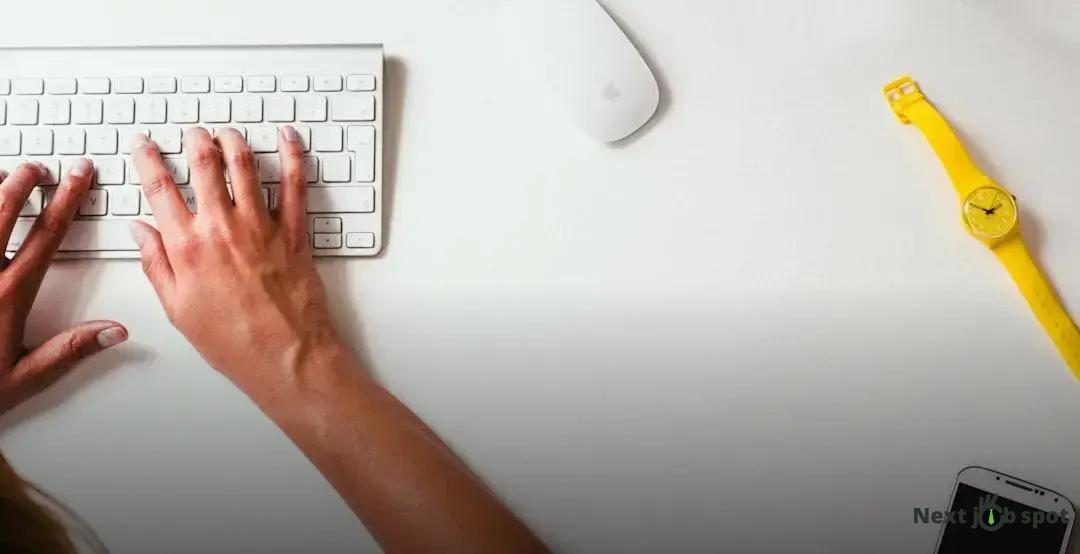Have you ever felt drained and unfocused after hours of non-stop work? Discover why taking breaks makes you more productive and explore how structured rest can enhance mental clarity. In this article, we delve into the science behind this idea and provide practical tips on integrating effective breaks into your routine.
The Science Behind Taking Breaks
The brain is a complex organ, constantly processing information and managing tasks. However, it has limits on how long it can focus on a single task without losing efficiency. Research shows that taking breaks can significantly enhance mental performance. A study by the University of Illinois found that brief breaks during tasks can improve attention span and focus.
Our brains operate in cycles of high and low activity. These cycles, often referred to as ultradian rhythms, typically last about 90 minutes. After this period, mental fatigue sets in, reducing concentration and decision-making capabilities.
Breaks Activate the Default Mode Network
During a break, your brain enters into a state known as the Default Mode Network (DMN). This network is responsible for subconscious processing and creativity. Taking a break allows the DMN to engage, enabling solutions and ideas to emerge seemingly out of nowhere. This is why breakthroughs often occur while showering or walking, activities that facilitate the DMN’s work.
Neuroscientific evidence also supports the idea that breaks help consolidate memory. According to research, taking a pause helps to move information from short-term to long-term storage, making it more readily available for future use.
Implementing strategic breaks in your workflow isn’t just beneficial—it’s essential. By understanding the scientific mechanisms behind breaks, you can use them to optimize your performance and productivity.
How Breaks Enhance Mental Clarity

Taking breaks plays a significant role in boosting mental clarity. When you work for prolonged periods without rest, your brain may become fatigued, leading to decreased concentration and productivity. Frequent breaks allow your mind to relax and recharge. This cycle helps maintain optimum levels of focus.
Engaging in a brief pause can enhance creativity. When you step away from your tasks, your brain continues to process information subconsciously. This can lead to newfound insights and solutions that might not emerge during continuous work.
Moreover, regular breaks reduce stress and the effects of decision fatigue. Over time, making constant decisions can drain your cognitive resources. By taking breaks, you give your mind a break from high-stress decision-making, which helps restore your mental energy.
Stay Active During Breaks
Incorporating physical activity during breaks stimulates the brain. Activities like stretching, walking, or short exercises increase blood flow to the brain, delivering essential nutrients and oxygen. This not only refreshes your mind but also enhances your overall cognitive function.
Finally, mindfulness activities can significantly enhance mental clarity. Techniques such as deep breathing, meditation, or just a few moments of guided visualization can help clear your mind. These practices help center your focus, making it easier to tackle complex problems when you return to work.
The Types of Breaks for Maximum Impact
When aiming for maximum impact, understanding the types of breaks and their specific benefits is crucial. Not all breaks are equal, and each type serves a unique purpose in boosting productivity and mental well-being. Here are some effective types:
Microbreaks
Microbreaks last anywhere from 30 seconds to 5 minutes. They provide a quick mental recharge, allowing you to reset your focus and slightly stretch or move. Simple activities include stepping away from your desk or looking out the window.
Coffee Breaks
These breaks usually last between 10 and 15 minutes. Besides a chance to enjoy a cup of coffee, they can foster social interaction, which may lead to creative problem solving or stress reduction.
Lunch Breaks
A longer break typically lasting 30 minutes to an hour. It’s essential to disconnect from work tasks entirely and, if possible, leave your work environment. This break is optimal for refueling with food and engaging in relaxing or enjoyable activities.
Walking Breaks
A short walk, even around the office or nearby, can boost oxygen flow to the brain, enhancing creativity and reducing mental fatigue. Walking breaks are particularly effective after a long period of sitting.
Digital Detox Breaks
Taking a break from screens — like smartphones and computers — can help in reducing eye strain and mental overload. Instead, engage in offline activities such as reading a book or meditating for a few moments.
By incorporating a diverse range of these breaks, you cater to different needs, ensuring sustained productivity and well-being throughout your workday.
Implementing Breaks into Your Daily Routine

Finding the right way to incorporate breaks into your daily routine is crucial for enhancing productivity. To achieve this, explore different types of breaks and see which fits best into your workflow. Consider using the Pomodoro Technique, where you work for 25 minutes and then take a 5-minute break. This approach encourages frequent breaks and can boost your productivity significantly.
Scheduling breaks into your calendar can help you stick to them. Set reminders to ensure you do not skip them, as consistency is key. During your break times, engage in activities that give your mind a real chance to rest. This could be stretching, taking a short walk, or practicing deep breathing exercises.
Customizing breaks to suit your needs can prove beneficial. Some people find short, more frequent breaks helpful, while others need a longer break to recharge. Experiment to find out what works best for you. Moreover, use these breaks to disconnect from screens to prevent eye strain and mental fatigue.
It is also important to listen to your body. If you feel tired or notice a drop in productivity, it might be a sign you need a break, even if it is outside your usual schedule. Integrating spontaneous breaks can be just as effective as planned ones.
Adopt these strategies gradually. Starting with small steps can make it easier to integrate breaks into your daily routine without feeling overwhelmed. Remember, the goal is to enhance your focus and productivity, not become another task.


